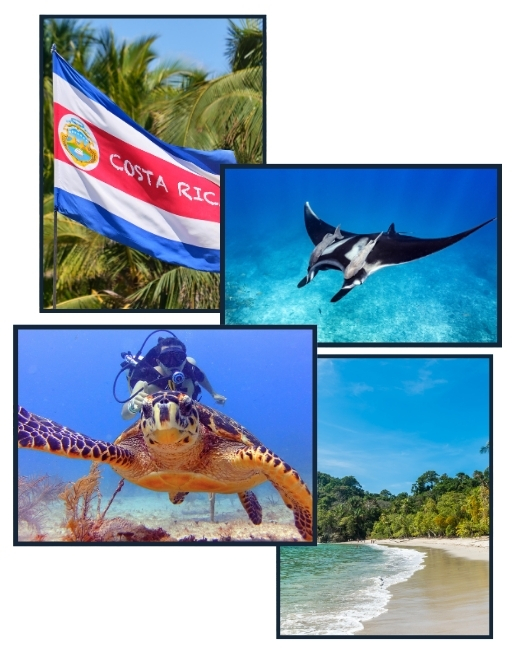
The first time I dived in Costa Rica, I didn’t expect much. I thought I’d see a few fish and maybe a turtle if I was lucky. Instead, I dropped into clear blue water and within minutes a huge manta ray floated over my head. It felt like something out of a dream.
Costa Rica is famous for its jungles and volcanoes, but the ocean is just as wild. And because the country has both a Pacific and a Caribbean coast, you get two totally different diving experiences without ever leaving the country. The Pacific side is rugged and full of big animals, while the Caribbean side is warmer, calmer, and packed with colorful coral.
What makes it even better is that you don’t need to be a pro. If you’ve never tried scuba before, you’ll find friendly dive centers and sheltered bays where you can learn at your own pace. And if you already have some experience, there are adventures waiting that you’ll never forget, like swimming through huge schools of jacks.
Water temps are comfortable, usually in the 70s to 80s Fahrenheit. Visibility changes with the seasons, but honestly, even on days when it’s not perfect, there’s still plenty of life around you.
In this guide, you’ll discover:
✓ The best diving spots in Costa Rica
✓ What marine life you can expect to see
✓ The best time to plan your trip
✓ Costs, certifications, and safety tips
✓ Insider advice from local dive pros
👉 Ready to explore specific regions? Jump to our Costa Rica dive destination guides for detailed tips.
Few countries in the world give divers access to both the Pacific and Caribbean. On the Pacific side, you’ll find volcanic pinnacles, big pelagic animals, and dramatic underwater terrain. On the Caribbean side, calm reefs with branching coral offer a slower pace and vibrant color.
Diving doesn’t stop here. The Pacific dry season (December to April) brings calm seas and long visibility. The rainy season (May to November) draws in nutrient-rich water, which means bigger animals. On the Caribbean coast, September and October shine with crystal-clear conditions.
What really makes Costa Rica stand out is its variety of life:
👉 Pro Tip: If you want to see the best diving spots in Costa Rica, divide your time between the Pacific and the Caribbean.

Costa Rica has dozens of dive sites scattered along both coasts. Some are well known and attract divers from all over the world, while others remain less popular and more local. Among them, the most notable in terms of beauty and richness of marine life are Guanacaste on the Pacific, Manuel Antonio on the central coast, the legendary Cocos Island far from the shore, and the colorful reefs of the Caribbean.
Guanacaste is famous for offshore islands and volcanic rock formations. Expect manta rays, turtles, and white-tip sharks. Many sites here are accessible for beginners, while others challenge advanced divers with strong currents and deeper profiles.
This area blends rainforest scenery with underwater diversity. Rocky reefs are covered with sponges, schools of snapper swirl in the blue, and turtles are frequent visitors. It’s a great choice if you want to combine diving with national park exploration.
Located over 300 miles offshore, Cocos Island is not for casual divers. Liveaboards bring you face-to-face with hammerhead sharks, whale sharks, and giant mantas. Many divers rank it among the top three dive destinations in the world.
Puerto Viejo and Cahuita offer shallow reefs full of life. Here you’ll find nurse sharks, angelfish, and branching coral. The calm conditions make it one of the best regions for beginners or underwater photographers.
👉 Not sure where to start? Choose Guanacaste for big encounters, Cocos Island for pure adventure, and the Caribbean for calm dives.
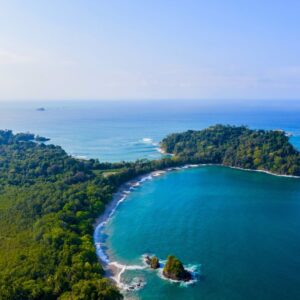
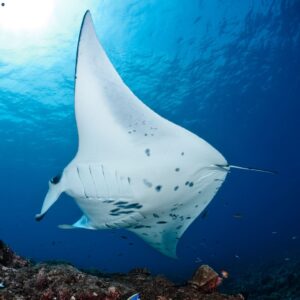
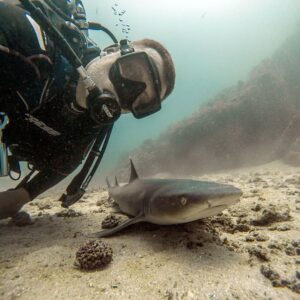
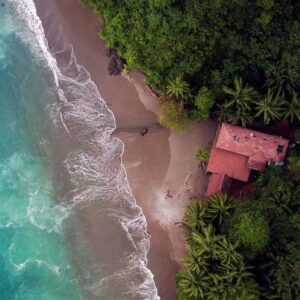
One of the advantages of diving in Costa Rica is that it’s possible year-round. The dry season, from December to April, is the most popular time on the Pacific coast. Seas are calmer, visibility can stretch to 70 feet or more, and the weather is sunny almost every day. Water is warm, often around 80 to 85°F, which makes diving especially comfortable.
The rainy season, from May to November, changes the mood. Rivers carry more sediment, so visibility often drops, sometimes to 20 or 30 feet. But what you lose in clarity, you gain in marine life. The water is rich in nutrients, drawing in larger animals and creating some of the most exciting encounters of the year. Many experienced divers actually prefer this time, because it feels wilder and more unpredictable.
On the Caribbean coast, the rhythm is different. September and October are the calmest months, when visibility is best and seas are gentle. Conditions outside of those months can be more variable, but even then the shallow reefs remain accessible and rewarding.
👉 Tip for planners: If big animals excite you, pick the Pacific. If you love clear water and calm dives, aim for the Caribbean.
Costa Rica is a great place to learn scuba diving. The warm water, friendly instructors, and safe training sites make the process less intimidating than in many colder or rougher destinations. Most beginners start with an entry-level certification, which usually takes three to four days and includes classroom sessions, pool training, and open water dives.
For those who already have a basic certification, it’s easy to continue. Advanced courses, rescue training, and even professional-level programs are available in different regions. The costs are generally comparable to other popular dive destinations, and many packages include equipment rental. Courses are taught in small groups, which means plenty of personal attention.
Even if you’re not sure you want to commit to a full course, many dive centers offer “discovery” dives. These allow complete beginners to try scuba under close supervision, often in shallow, calm bays. It’s a safe and exciting way to get a taste of the underwater world before deciding if you want to go further.
👉 Thinking about learning? Getting certified in Costa Rica means your first open water dives are filled with turtles, rays, and colorful fish.

When planning a dive trip to Costa Rica, one of the first decisions is whether to bring your own gear. Many divers prefer to travel light and rent equipment on-site, which is widely available and well maintained. Daily rental prices are reasonable, though if you plan to dive every day for a week, bringing your own mask, fins, or even a wetsuit can make sense.
Accommodation varies by region. On the Pacific side, especially in Guanacaste, you’ll find everything from simple beachside guesthouses to luxury resorts with full dive packages. Manuel Antonio offers a mix of boutique hotels and eco-lodges, often set in lush rainforest with ocean views. The Caribbean coast is more laid-back, with family-run guesthouses and smaller hotels.
Getting around takes a bit of planning. Domestic flights connect San José to Liberia in the north and Limón on the Caribbean side, saving many hours of driving. Buses are reliable but slow, while rental cars give you the freedom to explore at your own pace. Many divers choose to split their time between regions, combining the big-animal encounters of the Pacific with the colorful reefs of the Caribbean.
👉 Planning your dive trip? If you’re looking for the perfect place to stay, check out our accommodation offers!
Scuba diving in Costa Rica offers a rare mix of adventure, biodiversity, and accessibility. With two oceans to explore, you can experience the thrill of Pacific encounters with sharks and manta rays, or enjoy the calm coral gardens of the Caribbean. No matter your skill level, the variety of dive sites makes every trip unforgettable.
If you want to combine world-class diving with the beauty of rainforests, volcanoes, and wildlife on land, Costa Rica is the perfect choice. From Guanacaste and Manuel Antonio to the legendary Cocos Island and the colorful Caribbean coast, the country delivers something for every diver.
👉 Still not sure? Discover the magic of diving in Costa Rica, where every plunge is pure adventure!!
We’ve got answers! Check out our most frequently asked questions below.
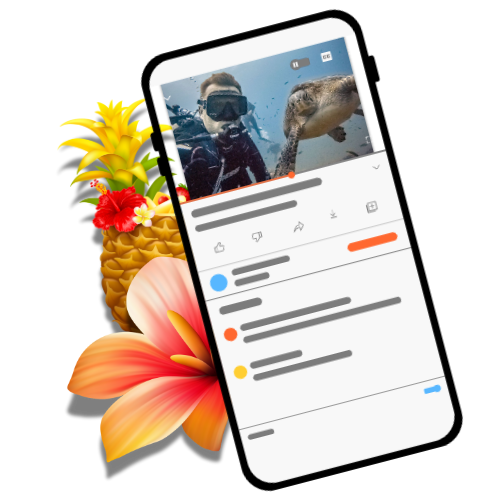
Subscribe now and get instant access to our exclusive “Secret Spots” ebook!
Limited-time free download. Join the adventure!